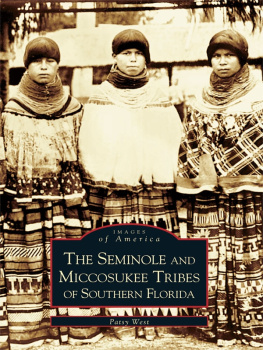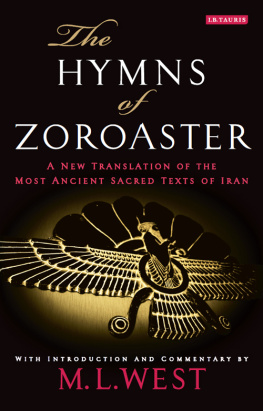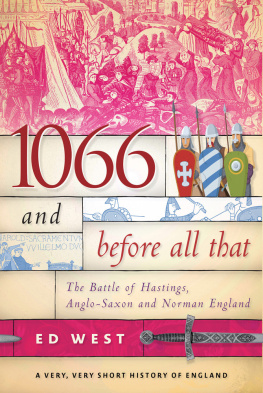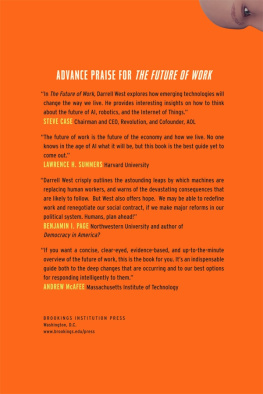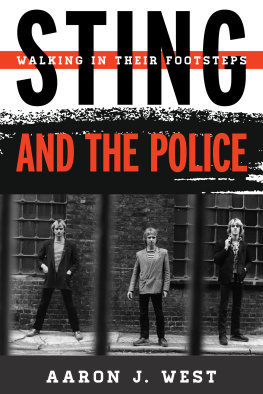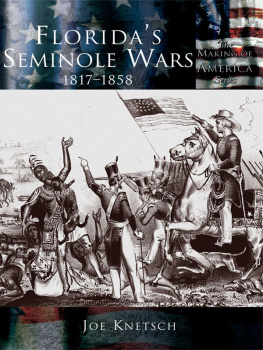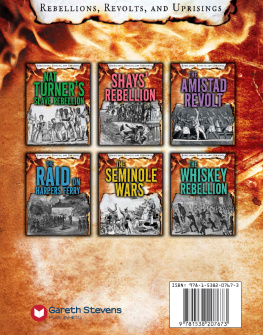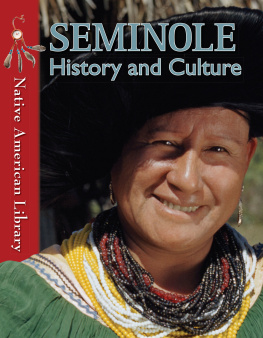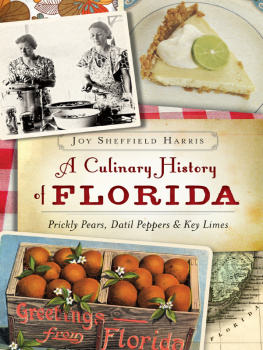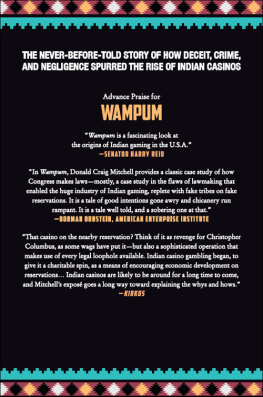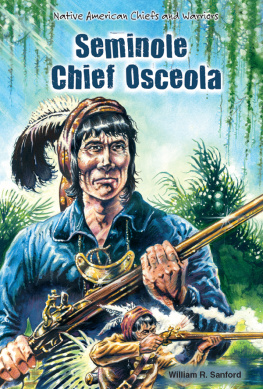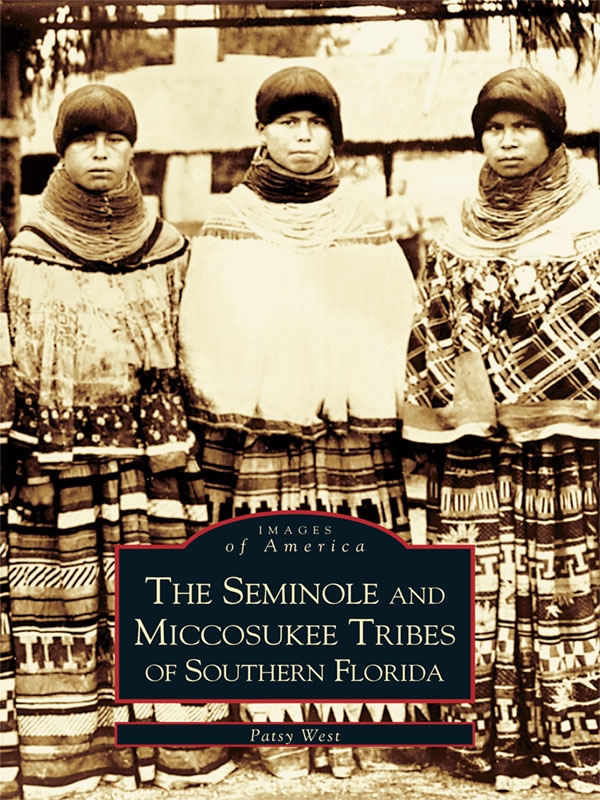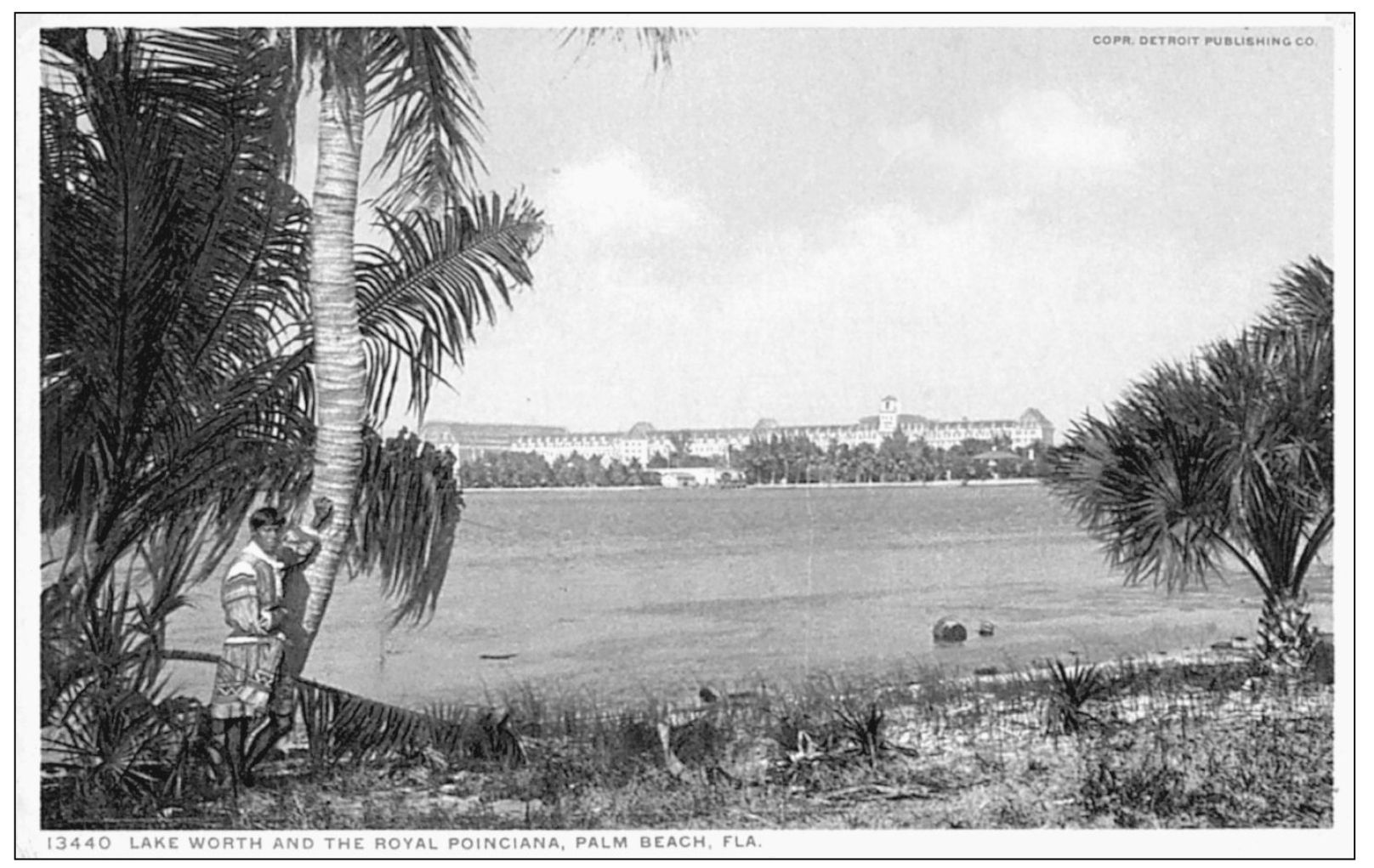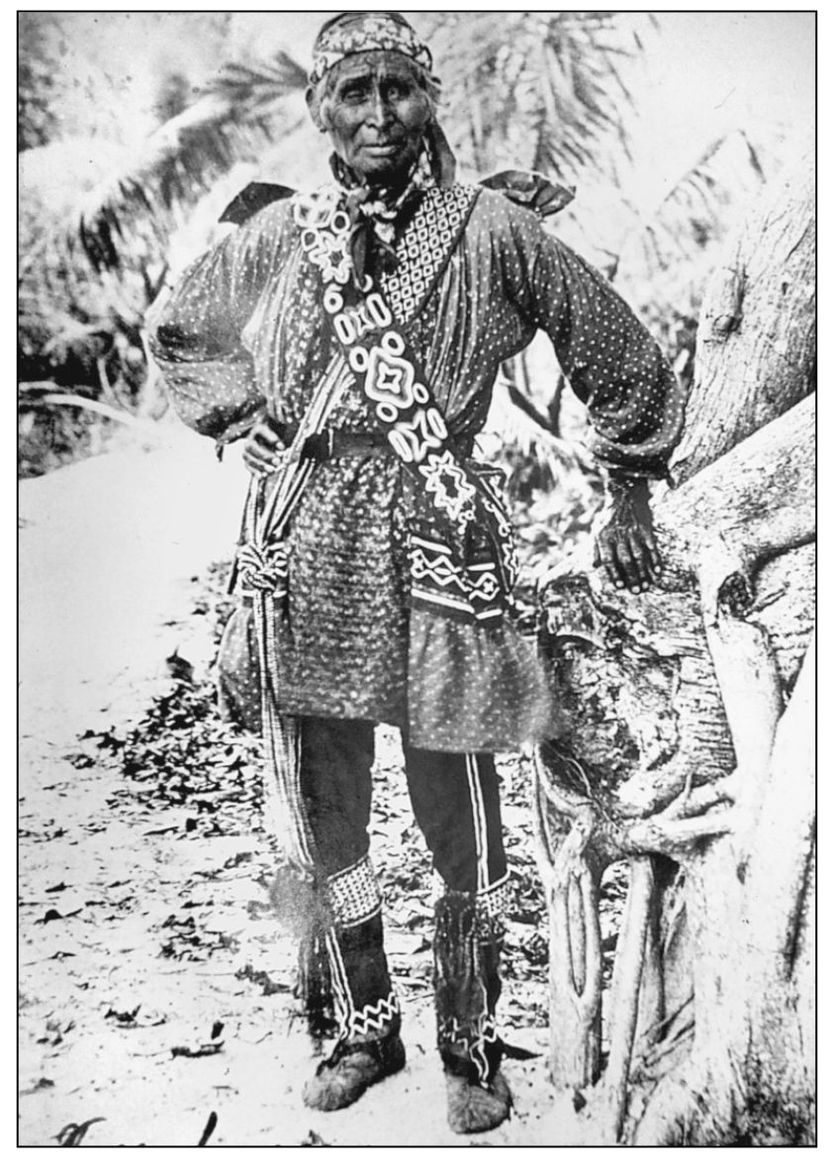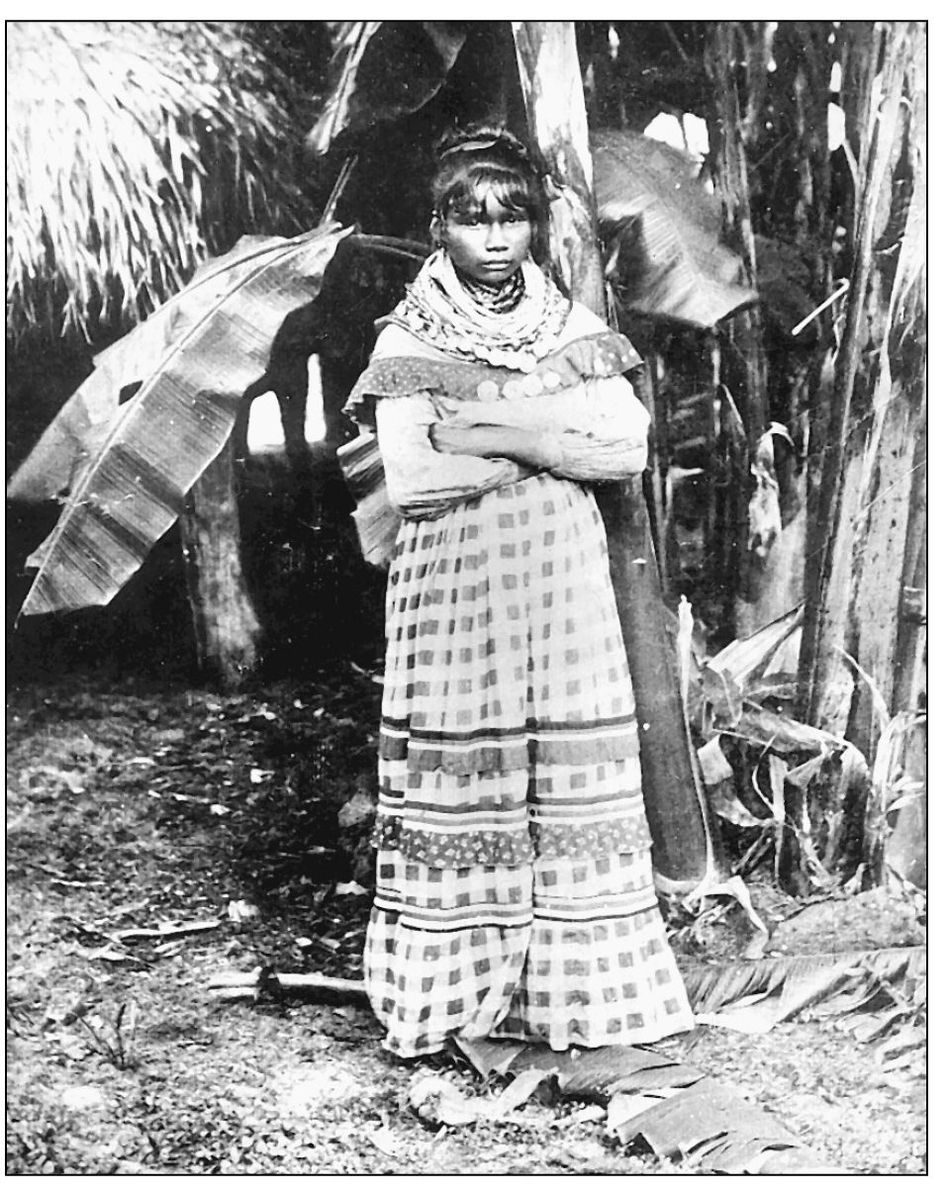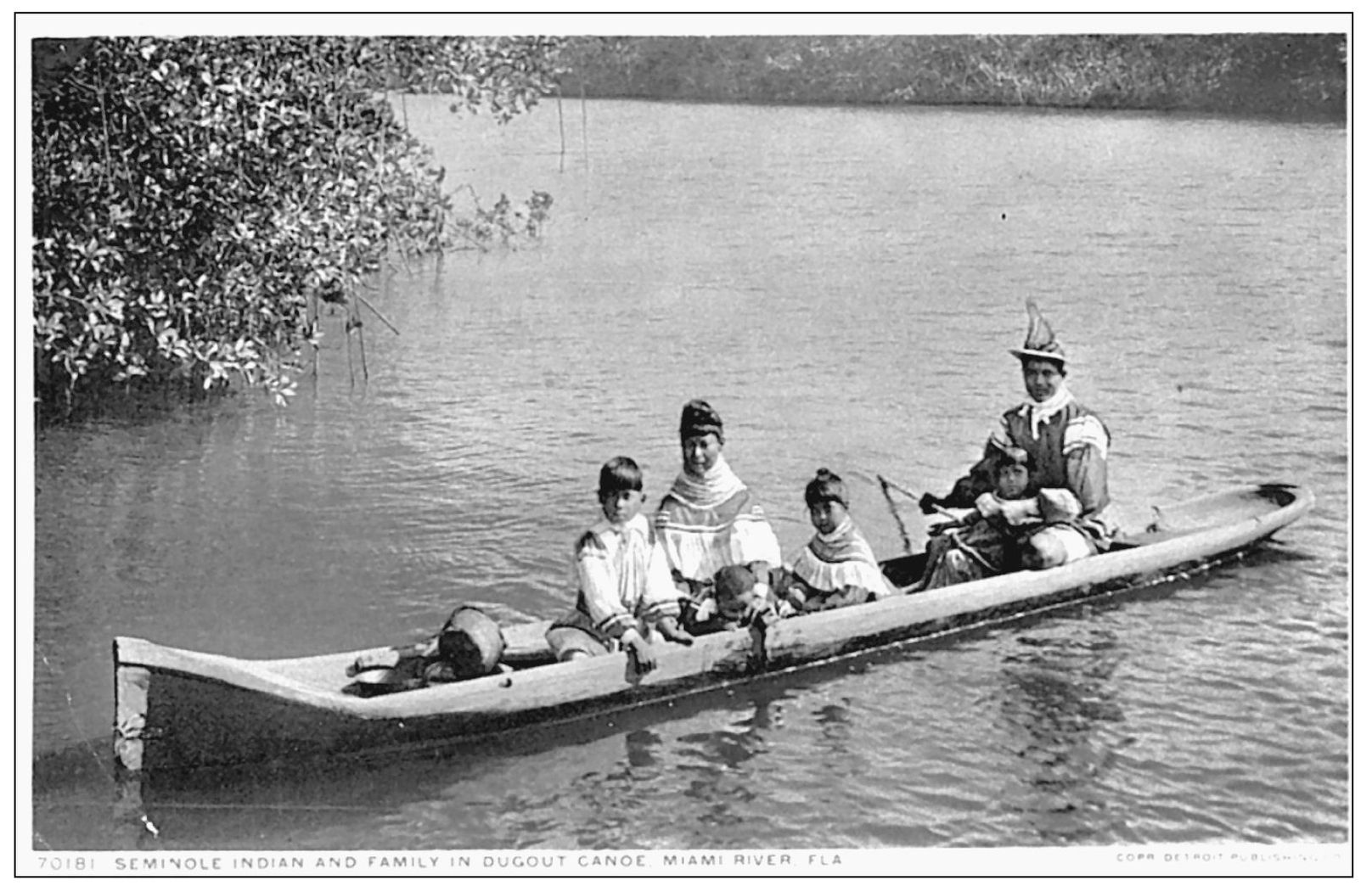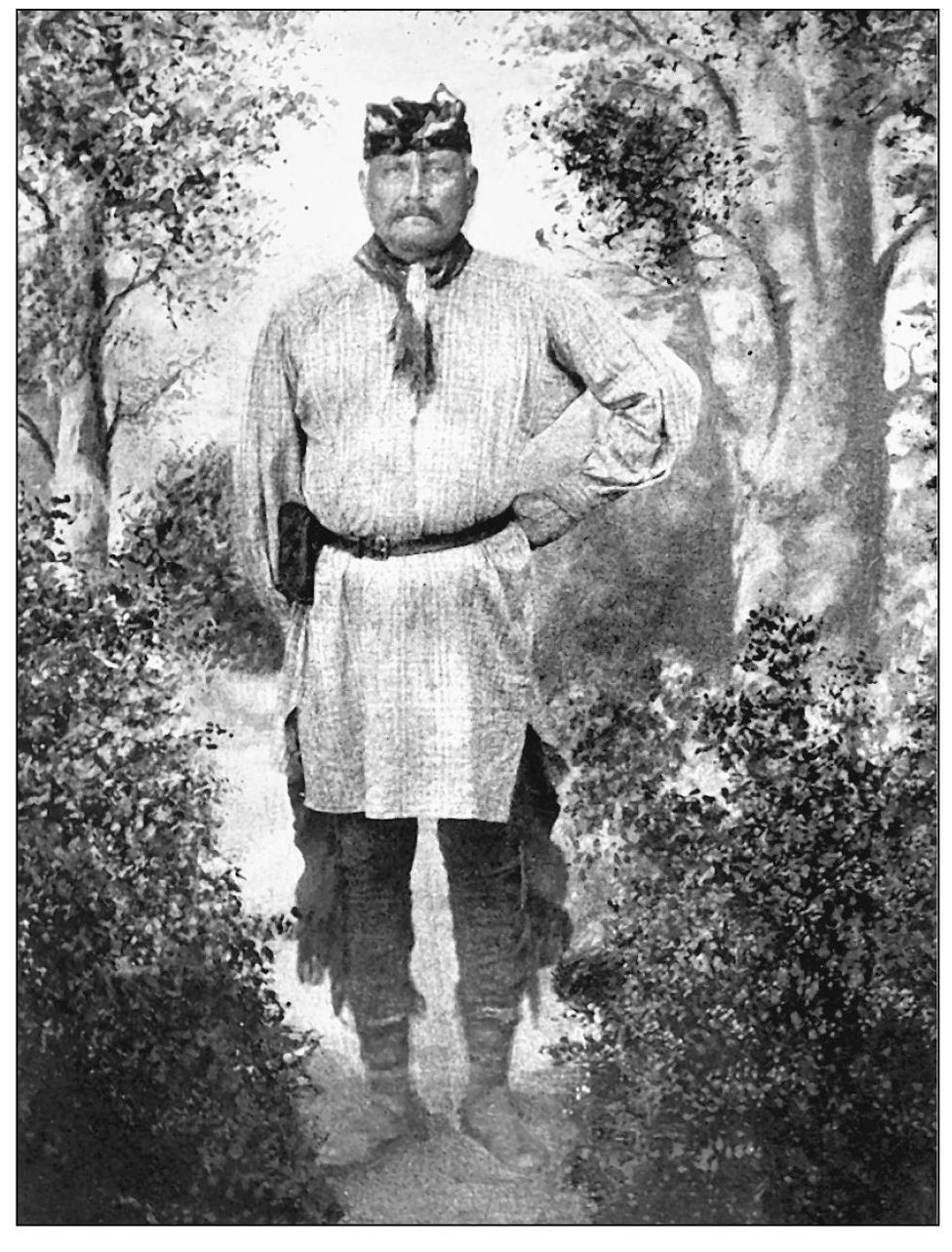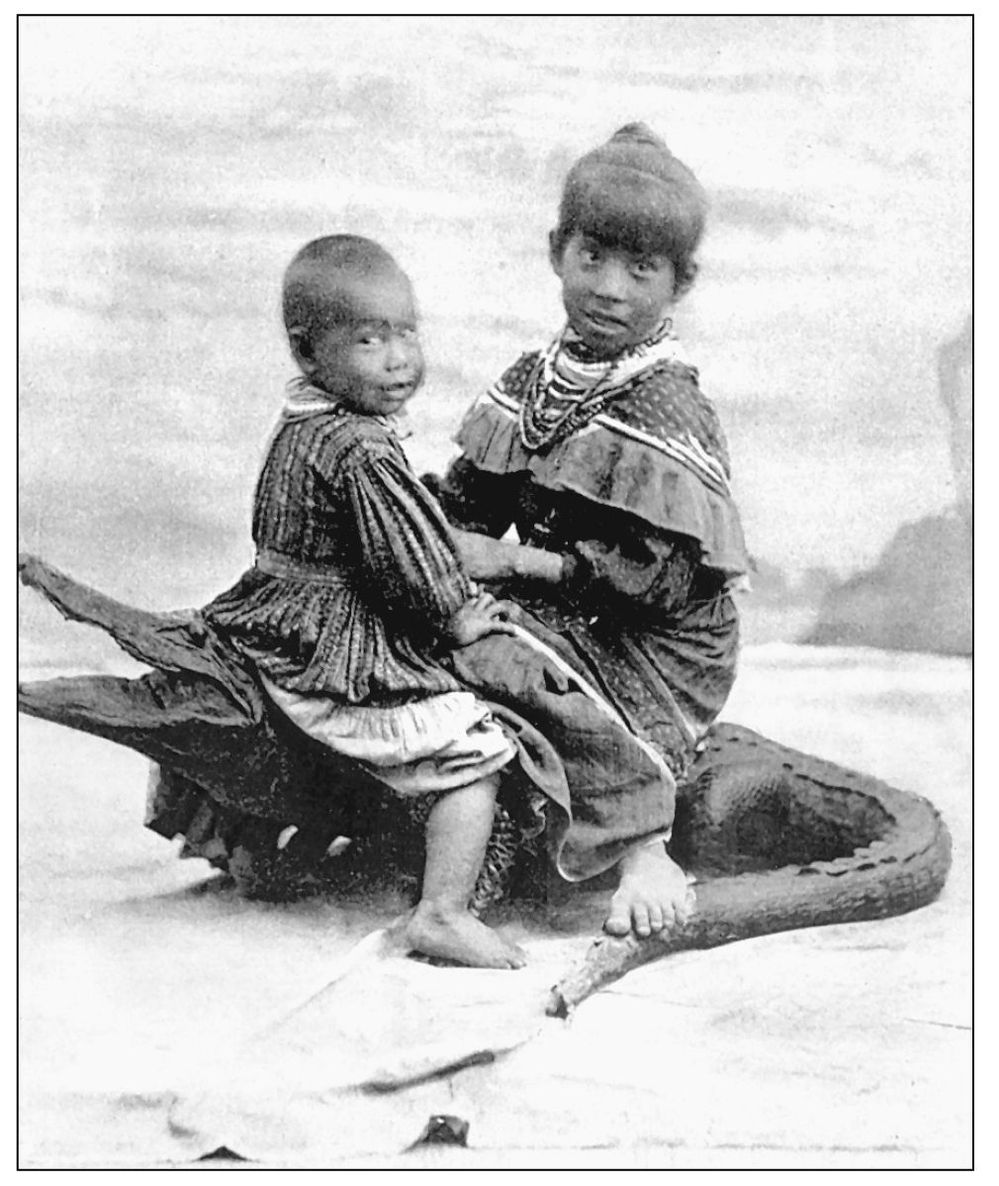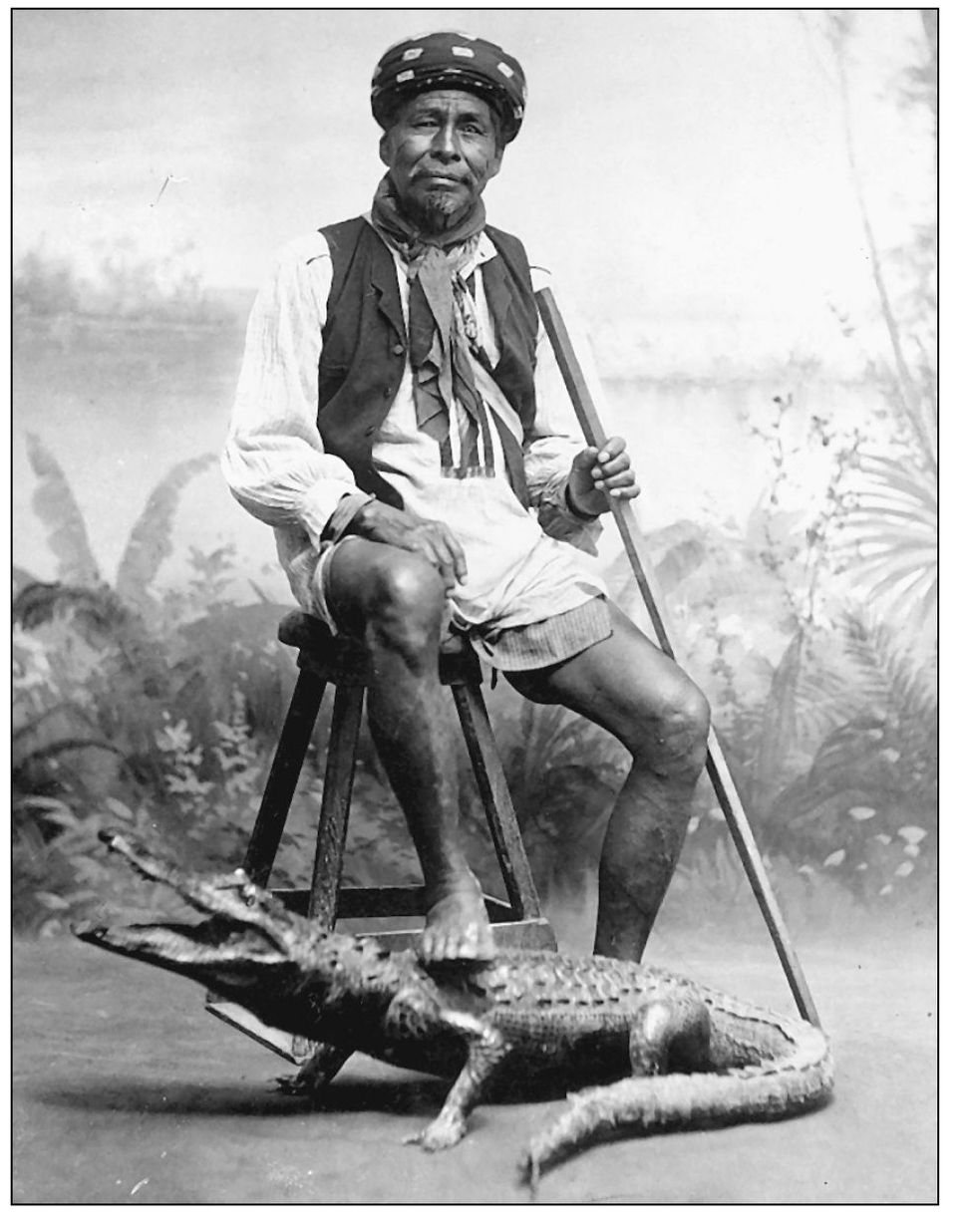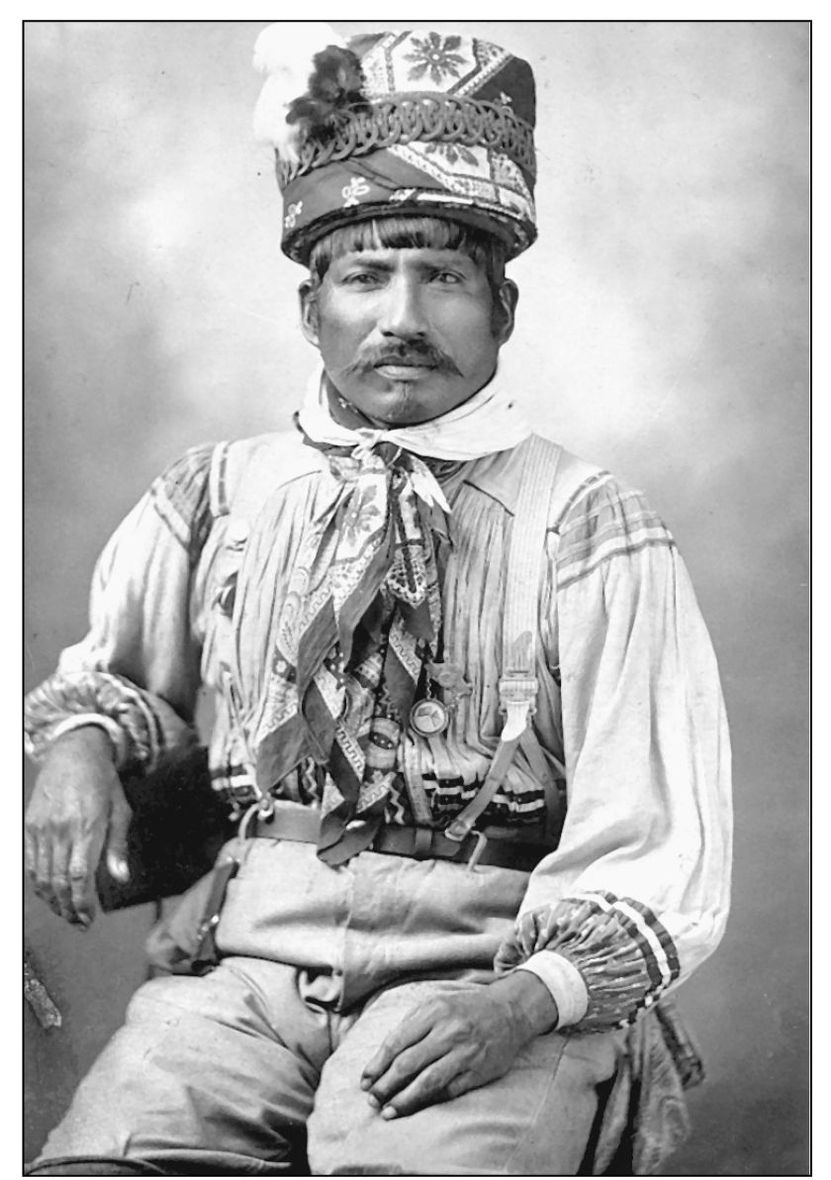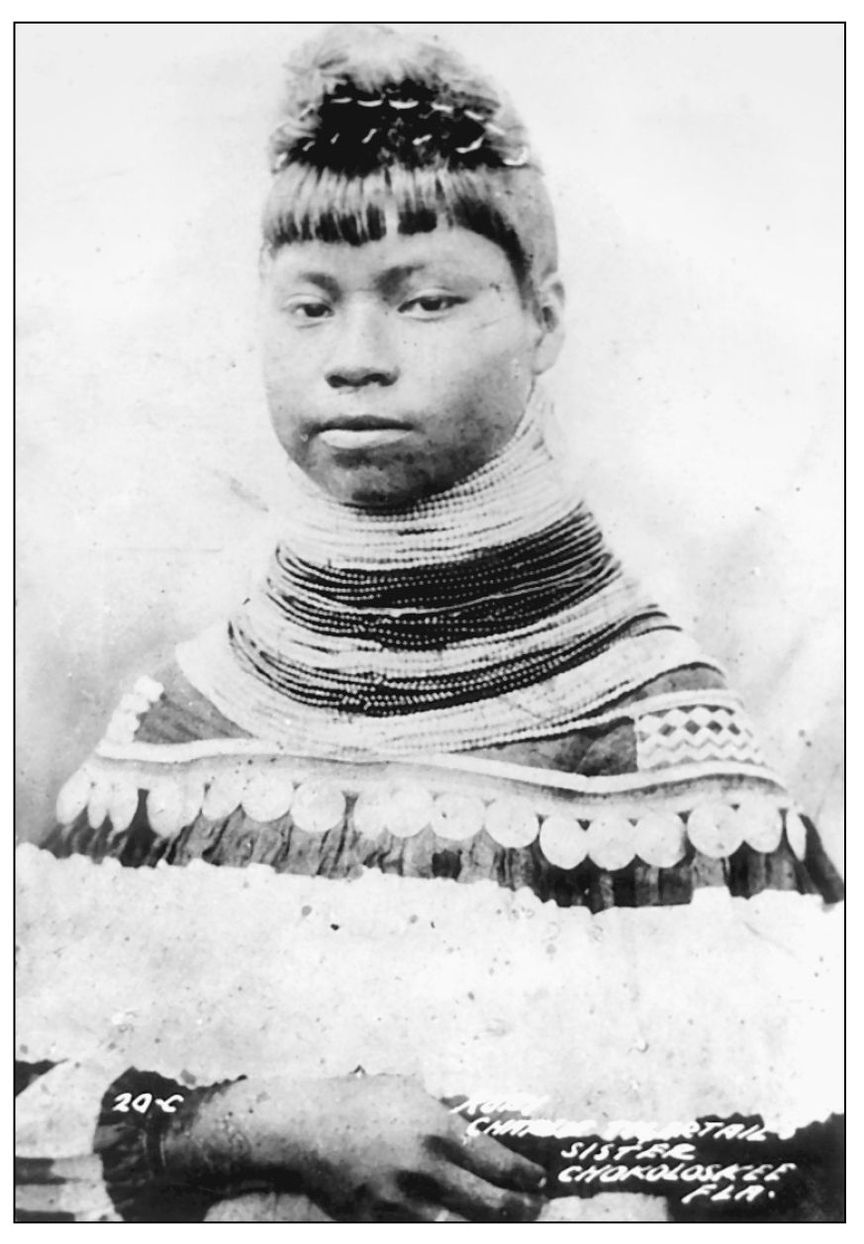West - The Seminole and Miccosukee Tribes of Southern Florida
Here you can read online West - The Seminole and Miccosukee Tribes of Southern Florida full text of the book (entire story) in english for free. Download pdf and epub, get meaning, cover and reviews about this ebook. year: 2003;2011, publisher: Arcadia Publishing Inc., genre: Home and family. Description of the work, (preface) as well as reviews are available. Best literature library LitArk.com created for fans of good reading and offers a wide selection of genres:
Romance novel
Science fiction
Adventure
Detective
Science
History
Home and family
Prose
Art
Politics
Computer
Non-fiction
Religion
Business
Children
Humor
Choose a favorite category and find really read worthwhile books. Enjoy immersion in the world of imagination, feel the emotions of the characters or learn something new for yourself, make an fascinating discovery.
- Book:The Seminole and Miccosukee Tribes of Southern Florida
- Author:
- Publisher:Arcadia Publishing Inc.
- Genre:
- Year:2003;2011
- Rating:4 / 5
- Favourites:Add to favourites
- Your mark:
The Seminole and Miccosukee Tribes of Southern Florida: summary, description and annotation
We offer to read an annotation, description, summary or preface (depends on what the author of the book "The Seminole and Miccosukee Tribes of Southern Florida" wrote himself). If you haven't found the necessary information about the book — write in the comments, we will try to find it.
The history of the Seminole and Miccosukee tribes dates back to the 1500s, when most of Florida as well as much of the United States was uninhabited. During the early 19th century, the tribes moved into the South Florida interior, living on remote tree islands throughout the Everglades and Big Cypress Swamp. These self-reliant people kept mostly to themselves. Their struggles have included disease, poverty, relocation, and three wars with the U.S. Army. Nevertheless, these resilient tribes survived and have become a vital part of the countrys history and a unique and highly popular feature of South Florida tourism. Today, these tribes are busy creating economic opportunity for members, preserving their heritage and culture, and protecting their homeland. The powerful and engaging story of these remarkable people is brought to life in Images of America: Seminole and Miccosukee Tribes of Southern Florida. Captivating images from the Seminole / Miccosukee Photographic Archive...
West: author's other books
Who wrote The Seminole and Miccosukee Tribes of Southern Florida? Find out the surname, the name of the author of the book and a list of all author's works by series.

